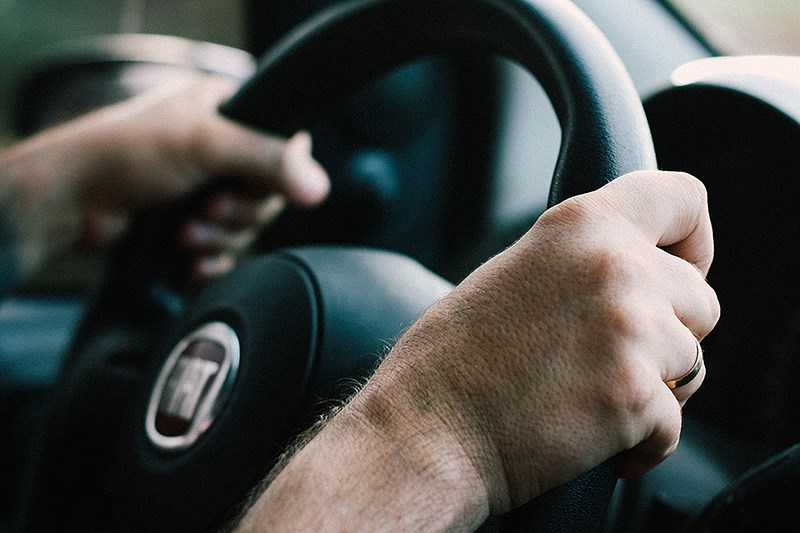Port Moody Police Department is welcoming the extension of hours for red light cameras operating in the city but won’t be reducing its own traffic enforcement because of it.
This week, the NDP provincial government announced the extension of operating hours for 140 red light cameras at high-crash intersections in B.C. — including 10 in the Tri-Cities — as one of several moves to deal with a financial crisis at ICBC. The change will see the cameras operating 24 hours a day instead of the current six.
And while PoMo cops say the city’s two red light cameras — one at St. Johns Street at Ioco Road and another and Guildford Way and Ioco — are a deterrence to running a red, some people take the risk anyway.
According to ICBC, the number of red light tickets issued at the intersection of St. Johns Street and Ioco Road in 2016 was 1,357, the highest number in the Tri-Cities region.
PoMo police’s Sgt. Travis Carroll said education and enforcement are also necessary to make roads safer.
The changes come as ICBC imposes rate hikes of roughly 8% for the average driver, or $130 a year, according to the Ministry of the Attorney General, as well as awareness campaigns and infrastructure improvements.
Also on the to-do list are an audit of the Crown corporation, a pilot project to evaluate distracted driving technology, an advertising campaign to increase awareness about the risks of distracted driving and a dangerous roads initiative to improve rules, signage and infrastructure at problematic intersections.
Meanwhile, drivers in Port Moody, Coquitlam and Port Coquitlam will be under greater scrutiny with 24-hour red light cameras and drivers who run lights are subject to a $167 fine (with a $25 break in the fee if they pay the fines early).
In a statement, a spokesperson for the AG's ministry said the goal of expanding use of red light cameras is to change driver behaviour, and to reduce accidents and insurance claims, not to generate tickets. The changes will be made over the coming months, although the precise date when camera hours will be extended was not provided.
Last year, $4.3 million was collected from 34,000 tickets, with the funds going to municipal road safety programs.
Only the highest-risk intersections were selected as camera sites based on collision type, severity and frequency, the ministry spokesperson noted, with research indicating a 5% reduction in severe crashes at these sites.
In the Tri-Cities, the intersections chosen experienced on average more than 60 crashes between 2009 and 2013, with Lougheed Highway at Pinetree having the most at 138, 53 of them involving serious injury.
Here’s where the intersection cameras are located in the Tri-Cities.
COQUITLAM
• Lougheed Highway at Pinetree Way
• Barnet Highway at Mariner Way
• Pinetree Way at Guildford Way
• Lougheed at Brunette Avenue
• Lougheed at Pitt River Road
PORT COQUITLAM
• Lougheed at Shaughnessy Street
• Mary Hill Bypass at Shaughnessy
• Mary Hill Bypass at Pitt River Road
PORT MOODY
• St. Johns Street at Ioco Road
• Guildford Way at Ioco



